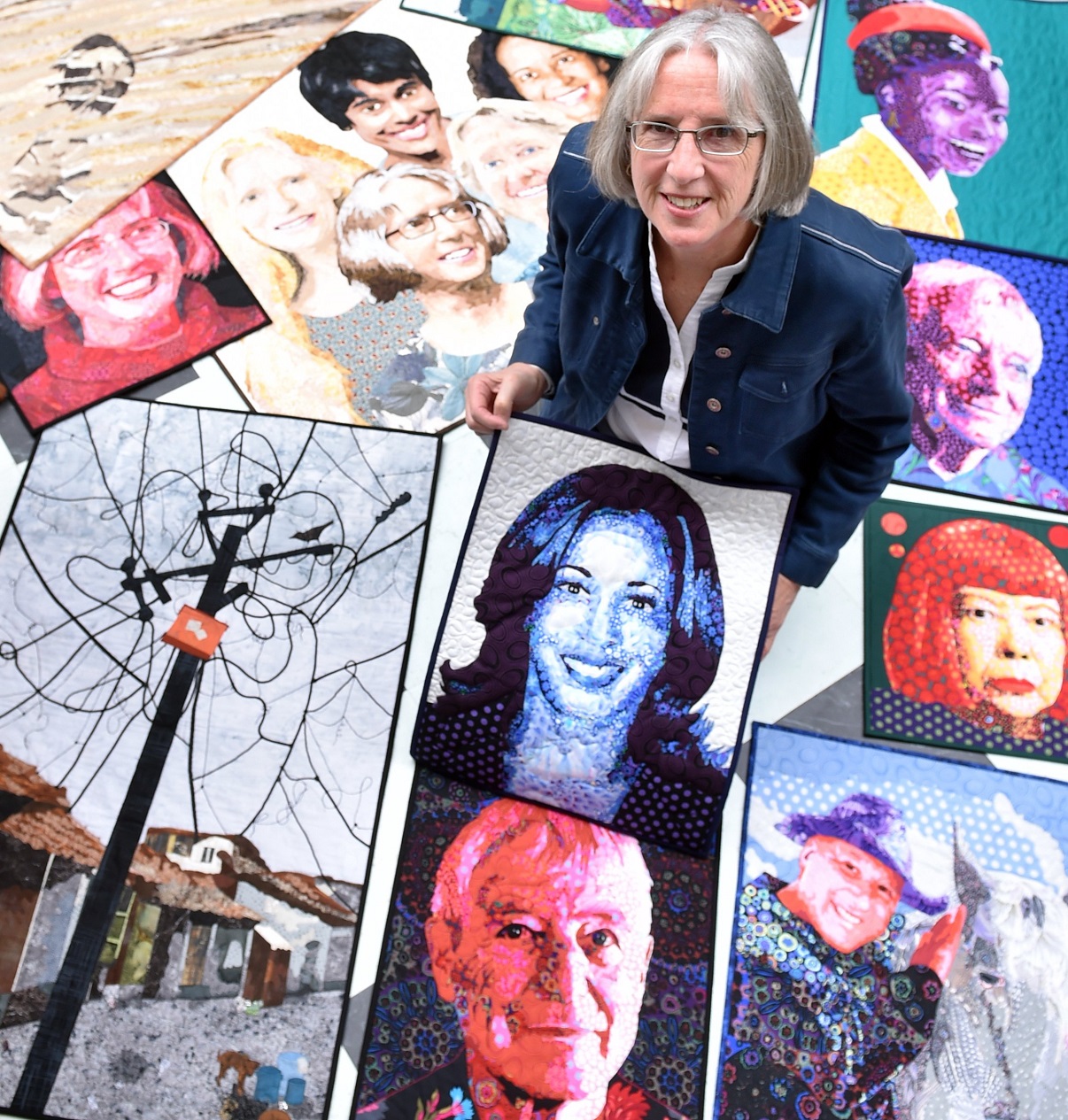
Portraits of world leaders, artists, designers, family and the odd landscape all come to life under the nimble fingers of fabric artist Mary Jane Sneyd.
Despite what some people may think when seeing her works, they are not created with paint or photographs — just fabric and thread.
And while considered one of the more difficult types of fabric art to succeed at, Sneyd discovered her talent completely by accident.
"No-one told me faces and portraits were the hardest thing to do, I just dived in."
A doctor and cancer epidemiologist, Sneyd used to get her creative fix playing the viola in the Dunedin Symphony Orchestra, but had to give that up when her father became ill.
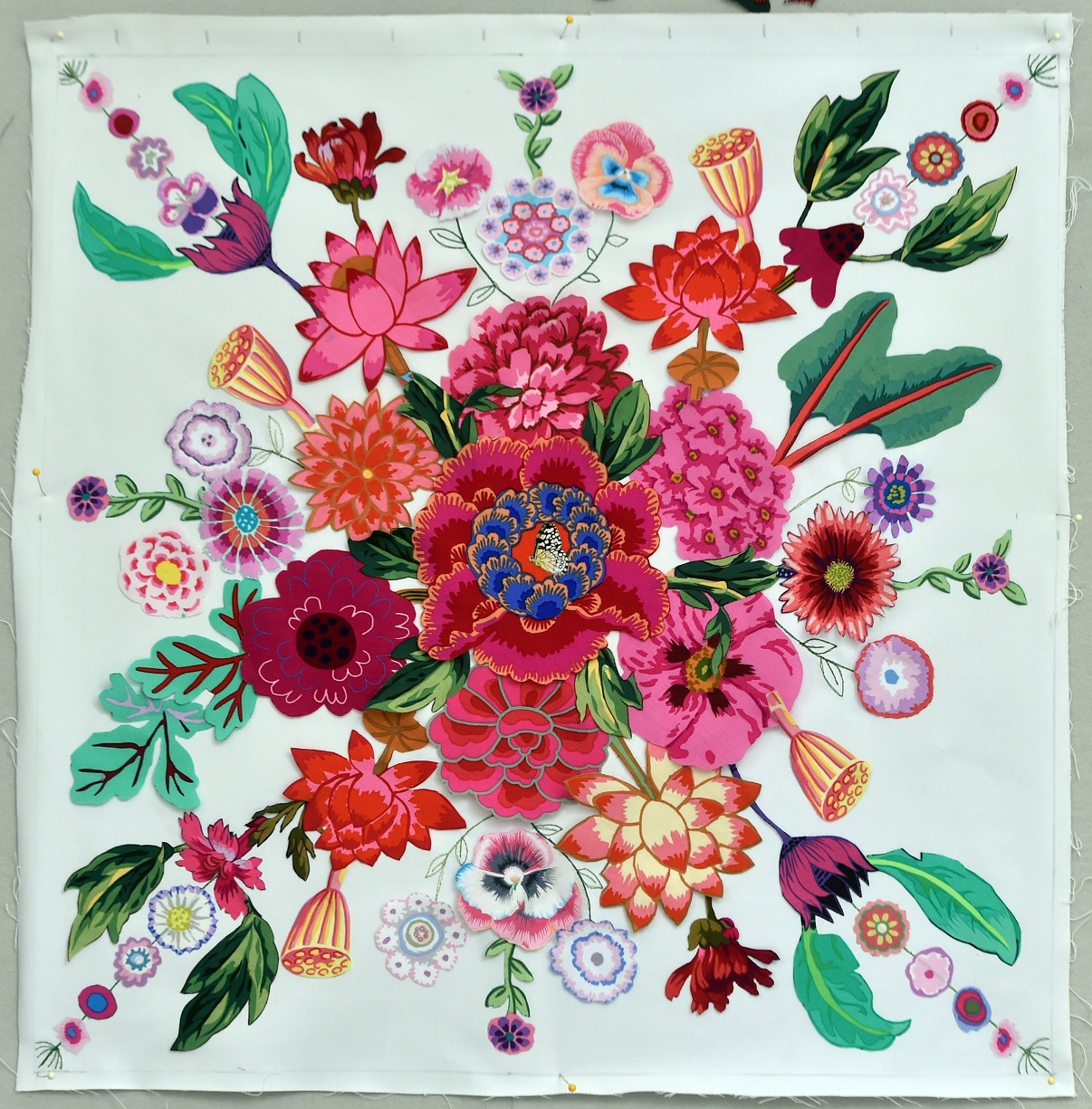
"My brother thought it was lovely and asked me to do one for Mum’s 80th and it started from there. I love doing it."
That was seven years ago. The fabric art has since taken over the studio accommodation meant for extended family over the garage — with plenty of skylights, doors that open out to the garden and, most importantly, room for her many containers of fabric — it is the perfect space.
"No-one is allowed to sleep in here now."
It also has the all-important floor space, enabling Sneyd to surrounded herself in fabric as she searches for just the right pattern or shade she needs.
Until she was made redundant from her job a year ago, it was something she did in her spare time, but it is now something she works on nearly every day, even forsaking her garden.
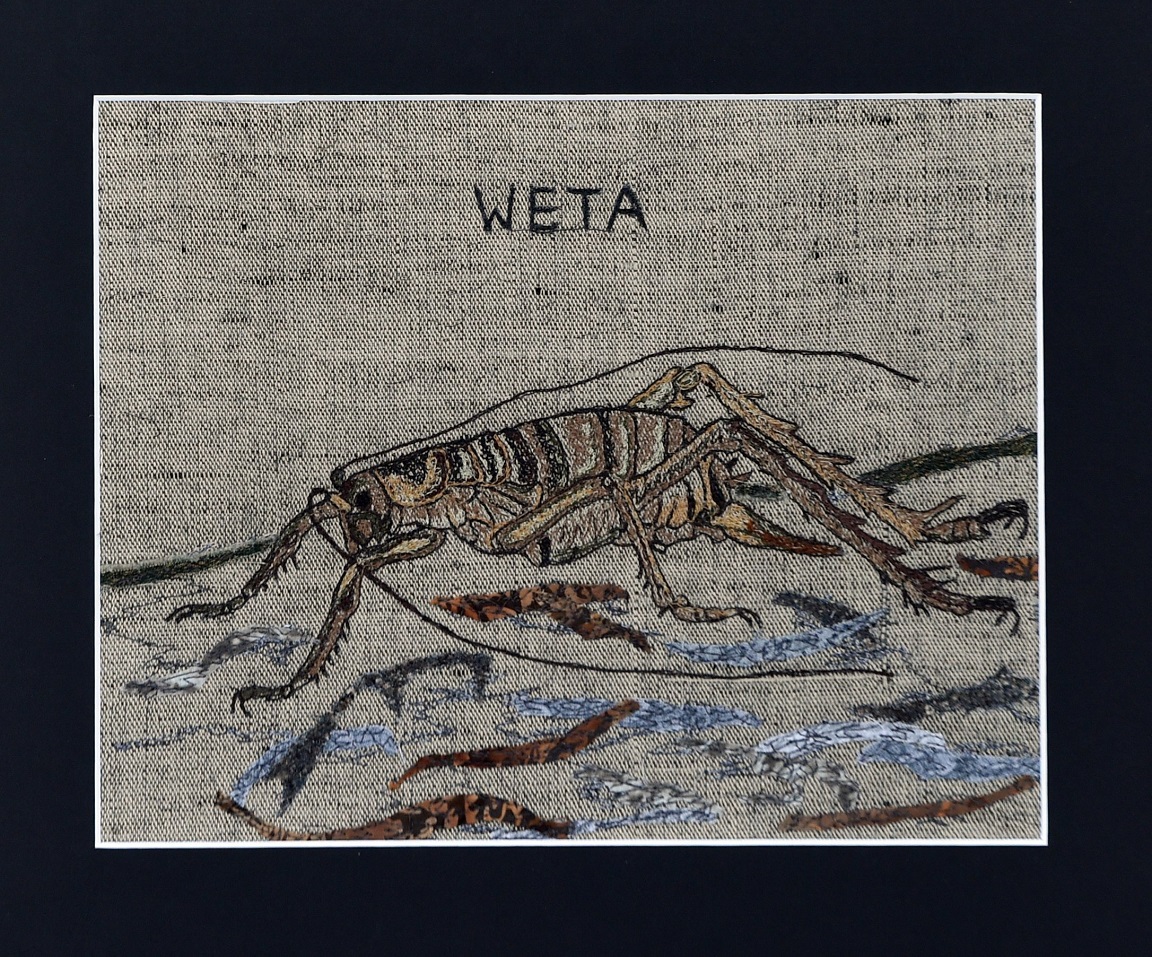
Her talent still surprises her and even her late father could not get his head around it.
"Before he died, when he could still come here, he’d sit here shaking his head saying I just don’t know where you get it from."
Sneyd readily admits she has no art background. While books and music were prevalent when she was growing up, art was not.
"I can’t draw, I can’t paint, I’ve never done an art class, except maybe in primary school."
What she does have is a love of colour and manipulating colour — something that is very evident in her works. Once she draws a pattern, she can make a portrait in any colours and fabrics she likes, to create an identifiable face.
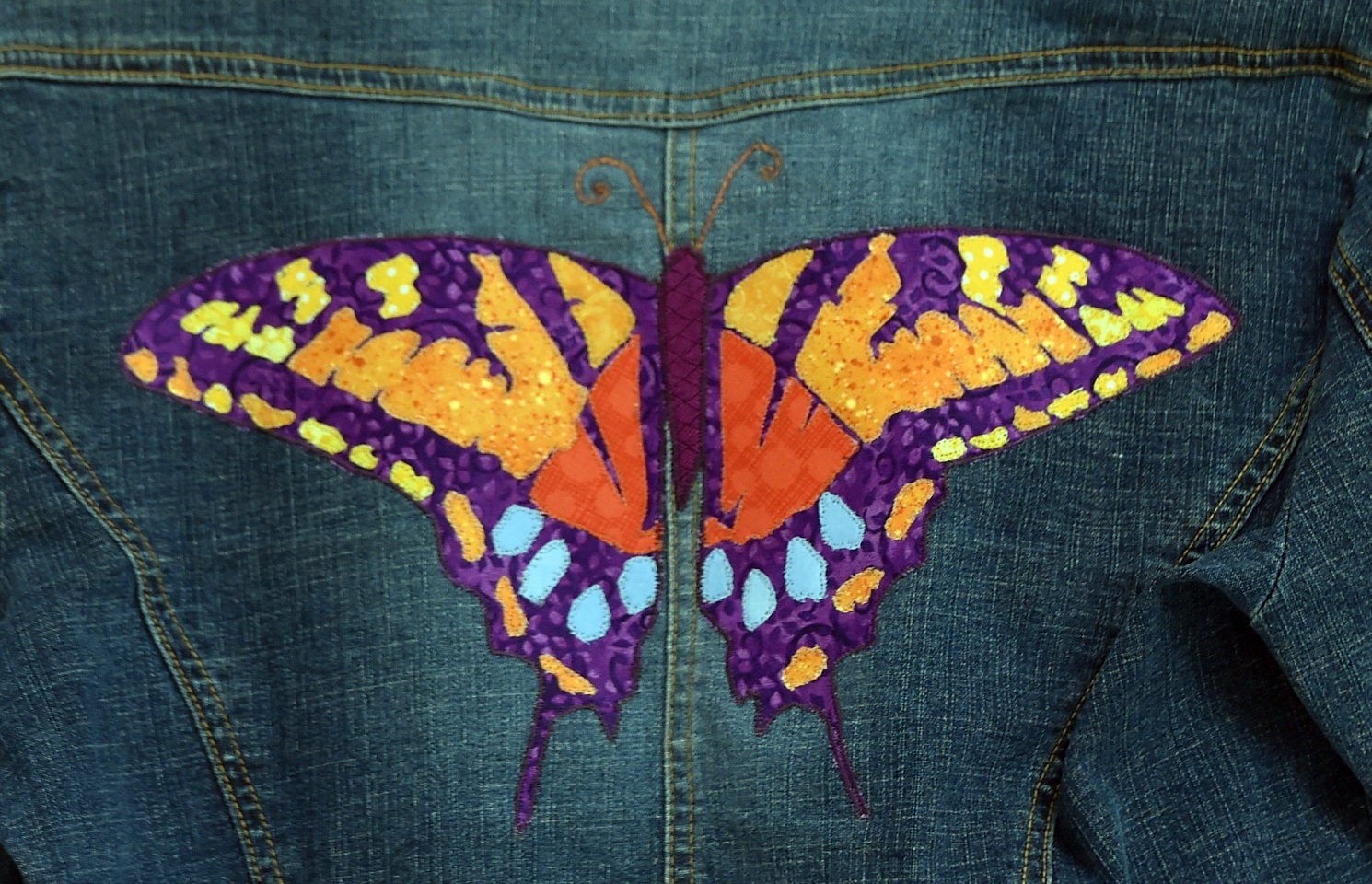
She specialises in people, portraits and nudes, but also does animals, birds and the occasional landscape.
"Just whatever takes my fancy."
Her works begin with a photograph or photographs, some she has taken herself, others she finds on the internet, being very careful to only use ones with a common licence and not copyrighted.
"I cut them up and make a collage and then photograph it myself and turn it into a pattern. All my figurative, realistic stuff is done that way."
She converts the photograph to grey scale on a computer, adjusting the contrast and brightness to achieve the desired effect, then prints it out before tracing it on to plastic sheeting and marking the shape of each piece of fabric.
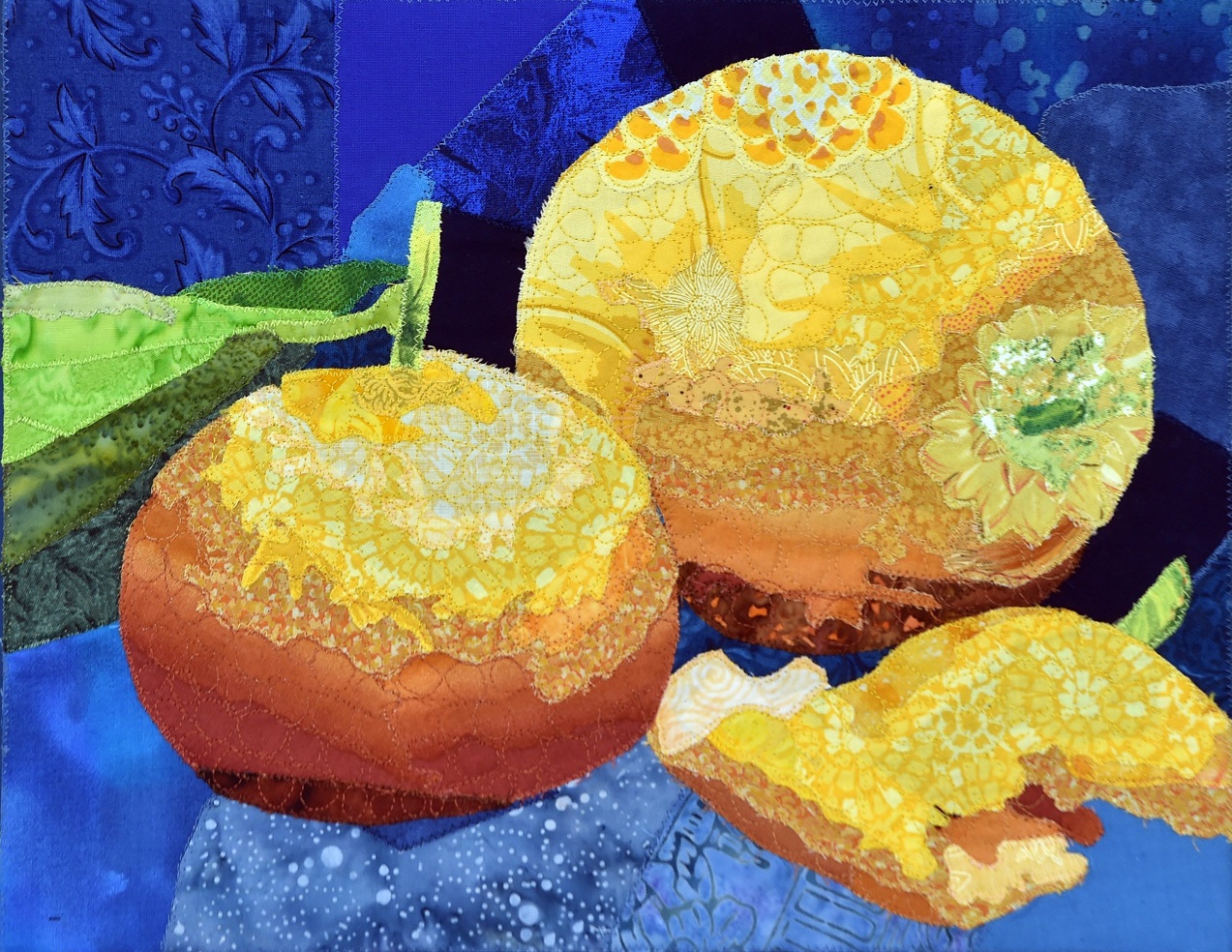
Once she has cut each piece of fabric out — some are tinier than a thumbnail — they are sewn on to a backing by machine using simple straight or zigzag stitches. Some pieces she quilts, others she does not.
"It’s detailed work. I do free-motion quilting or embroidery which is all hand guided, so it just takes practice. I have to hold on to it tight. Nothing touches the fabric except the needle so I can move it in any direction. It took a couple of years to get reasonably fluent, now I’m better."
Fancy equipment is not needed as only straight and zigzag stitches are used. She uses two machines, as one has an automatic threader which is handy when using many different colour treads and the other works with transparent thread more effectively.
"Each one is better at doing different things."
When finished, the works can be stretched over canvas or painted board or hung from a soft sleeve.
Finding the right fabric for her works is a challenge, as she needs a range of light and dark fabrics so she has been forced to seek much of her fabric overseas, something that has become very expensive since Covid-19 increased postal costs. In the past, she has also stocked up on fabrics when visiting her children in the United States.
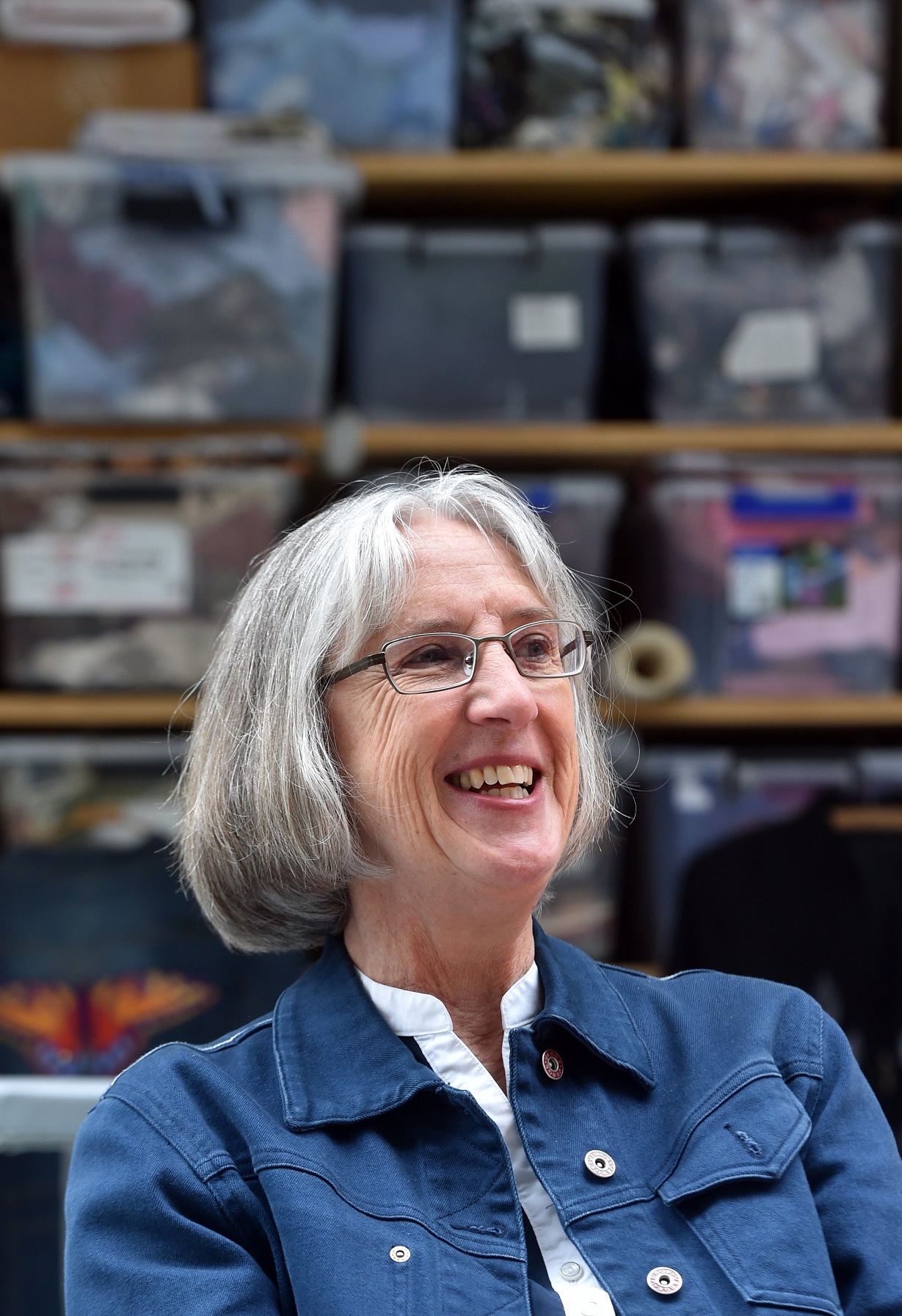
"I can spend a day looking for the right piece of fabric, I’ll sit in the middle of the floor surrounded by fabric."
Her work with the colourful, patterned Kaffe Fassett Collective fabrics has garnered attention, but not all of it positive.
Posting her first work with their fabrics on the collective’s website, a portrait of United States Vice-president Kamala Harris, saw her receive all sorts of negative feedback on social media, but it did lead to her being asked to produce portraits of the fabric’s designer.
She often uses upholstery fabrics and people also give her fabric they no longer need.
"I use all sorts of things unless I need to control it very carefully for a portrait to make the likeness real. Then I almost always use new."
As well as doing pieces for her own interest and to try out new techniques, Sneyd also takes commissions and submits her work to international challenges — a portrait of herself with her sisters and sisters-in-law received a jury award at a competition in Rochester New York.
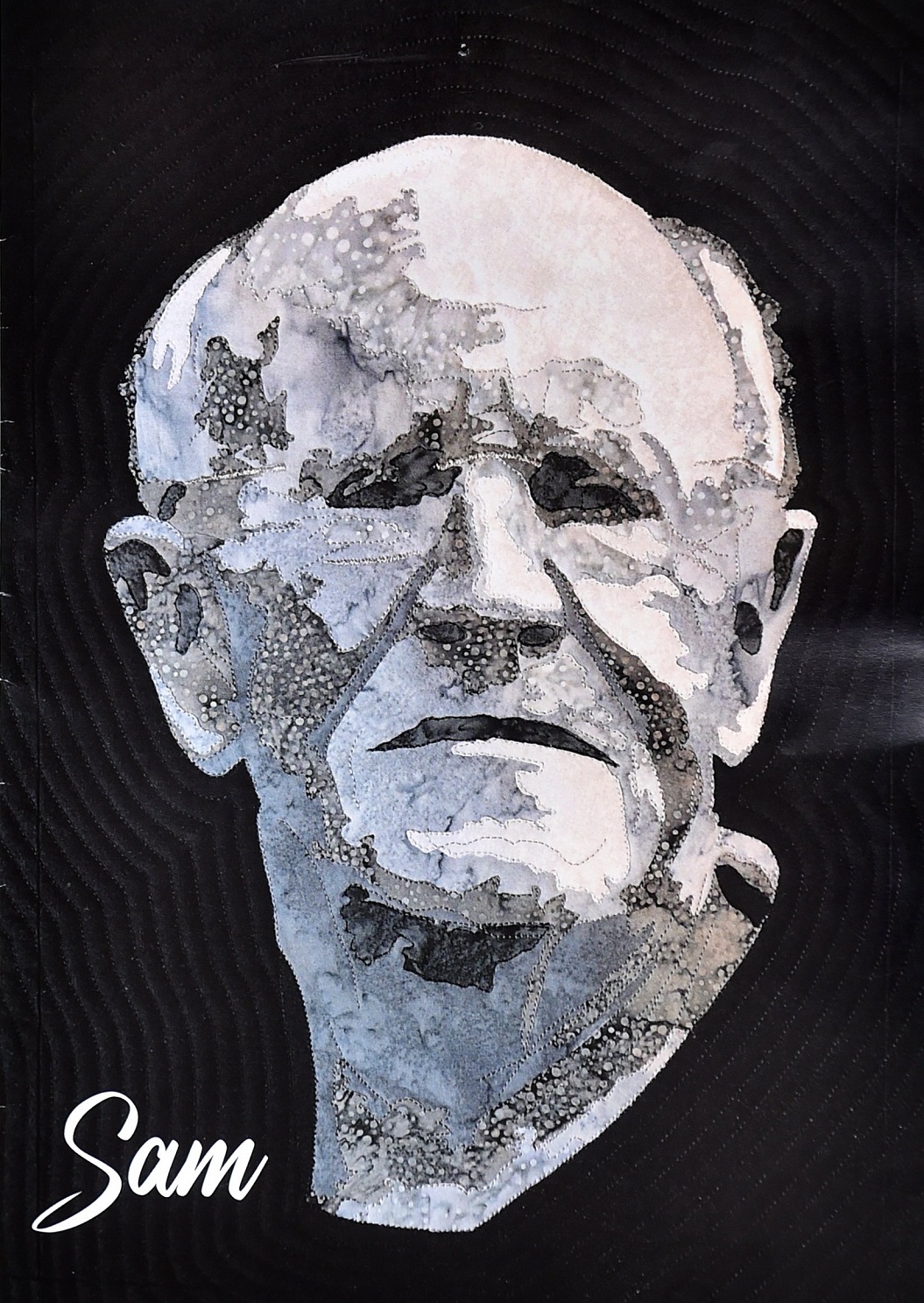
Before Christmas, Sneyd started experimenting creating fabric art on recycled clothing. She has appliqued her own jackets previously and lots of people admired them.
"Because they are simpler and each one is different I can get through quite a few and its a nice break from the complicated stuff. Every now and again I just have to chill out and applique some tea towels or something."
But she draws the line at hemming clothes, sewing on buttons or dressmaking.
To most her fabric art and her career in epidemiology seem worlds apart, but Sneyd has come to realise they do have similarities.
"It [work] was numbers and running research studies, but a lot of it was problem solving — looking for patterns in numbers, looking for ways disease behaves and things like that. It’s actually in a lot of ways numerical rather than visual."
Her family are very supportive. A brother is a big fan and created a website of her work for her birthday and her sister Catherine is a great help when op-shopping or second-hand store shopping.
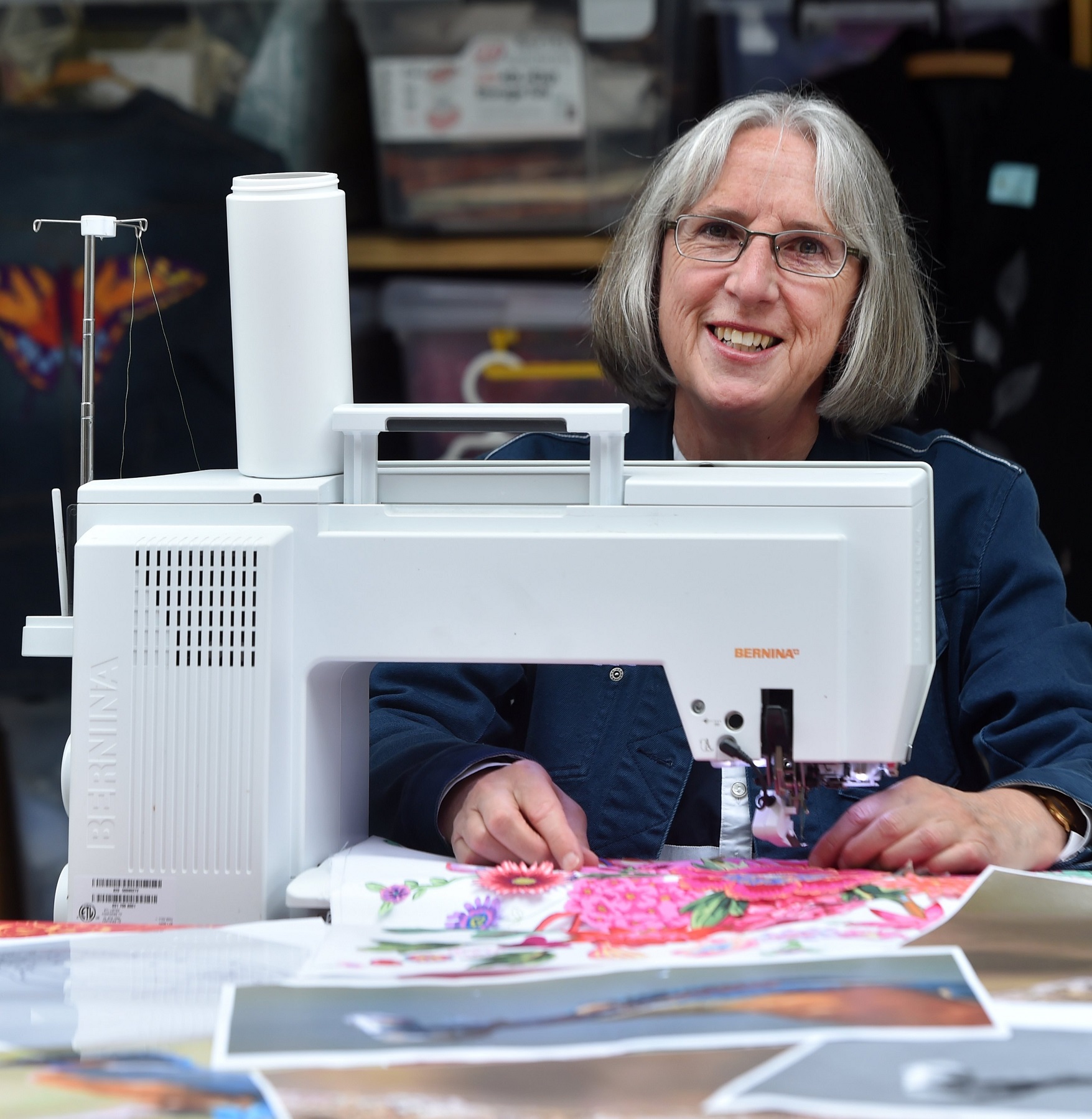
"They’ve been really supportive as it is quite hard to get textile art recognised or shown in New Zealand. A lot of buyers don’t believe it is art."
She has found in general if a work is attached to a canvas or framed in a format people are familiar with then buyers are more likely to see it as art than if it is hung from a fabric sleeve even if it is the "exact same" work.
There are few people internationally who specialise in portraits, with most based in the United States.
"They’re not very common around the world."
TO SEE
The Summer Show, Otago Art Society, until February 25.











